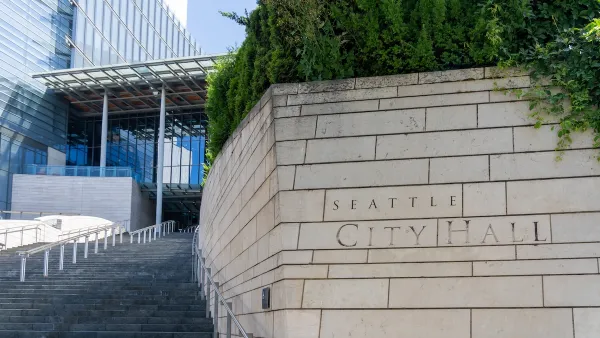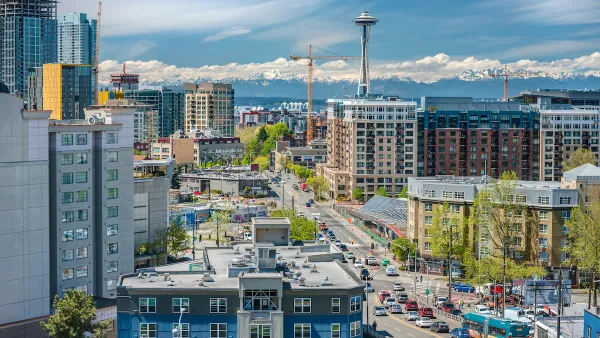The subdivision process imposes rules that result in a lack flexibility, convoluted urban design, and diced up landscapes.

Ray Dubicki argues subdivision and the parceling of land should get as much attention as zoning when examining how cities are shaped. "Once a lot is created through subdivision, it never gets unmade. Subdivision leaves a paper trail burdened with the weight of the past and creating a significant barrier to change. That barrier gets higher and higher as we shred city land into the tiniest possible atoms."
Dubicki says the decisions related to subdivision can create less-than-ideal results that are permanent. "There is a reason that the building industry refers to the results of subdivision approvals as 'entitlements.' They are court enforceable rulings on the intensity of development and limits to what the city is asking for. Builders plug this into their accounting to figure out profit and loss. The jurisdiction’s hands are then tied."
Subdivision also hinders denser developments by creating smaller and smaller parcels that are then more difficult to consolidate for larger multi-family buildings. In addition, parcels such as "flag lots," requiring long, shared driveways for access to a public road, create "puzzle piece subdivisions," says Dubicki.
"Perhaps our challenge is to move our subdivision mindset away from the simple parceling out of land and entitlements. The flat, indelible lines of subdivision are just as inflexible as the old flat LEGO baseplates. We are developing newer ways of thinking about layers of space in our cities, including different methods of ownership and the ways they impact our communities," adds Dubicki.
Update: At the end of his article on subdivision, Dubicki asked readers to nominate the strangest lot lines in the Seattle areas. He has compiled the most bizarre lot winners, including the Olympic Hammerhead, Sammamish Crop Circles, and the Land Meander.
FULL STORY: The Lines We Draw: Subdivision

National Parks Layoffs Will Cause Communities to Lose Billions
Thousands of essential park workers were laid off this week, just before the busy spring break season.

Retro-silient?: America’s First “Eco-burb,” The Woodlands Turns 50
A master-planned community north of Houston offers lessons on green infrastructure and resilient design, but falls short of its founder’s lofty affordability and walkability goals.

Delivering for America Plan Will Downgrade Mail Service in at Least 49.5 Percent of Zip Codes
Republican and Democrat lawmakers criticize the plan for its disproportionate negative impact on rural communities.

Test News Post 1
This is a summary

Test News Headline 46
Test for the image on the front page.

Balancing Bombs and Butterflies: How the National Guard Protects a Rare Species
The National Guard at Fort Indiantown Gap uses GIS technology and land management strategies to balance military training with conservation efforts, ensuring the survival of the rare eastern regal fritillary butterfly.
Urban Design for Planners 1: Software Tools
This six-course series explores essential urban design concepts using open source software and equips planners with the tools they need to participate fully in the urban design process.
Planning for Universal Design
Learn the tools for implementing Universal Design in planning regulations.
EMC Planning Group, Inc.
Planetizen
Planetizen
Mpact (formerly Rail~Volution)
Great Falls Development Authority, Inc.
HUDs Office of Policy Development and Research
NYU Wagner Graduate School of Public Service





























